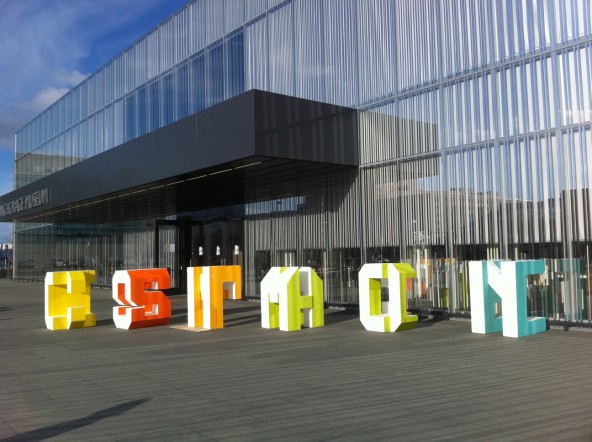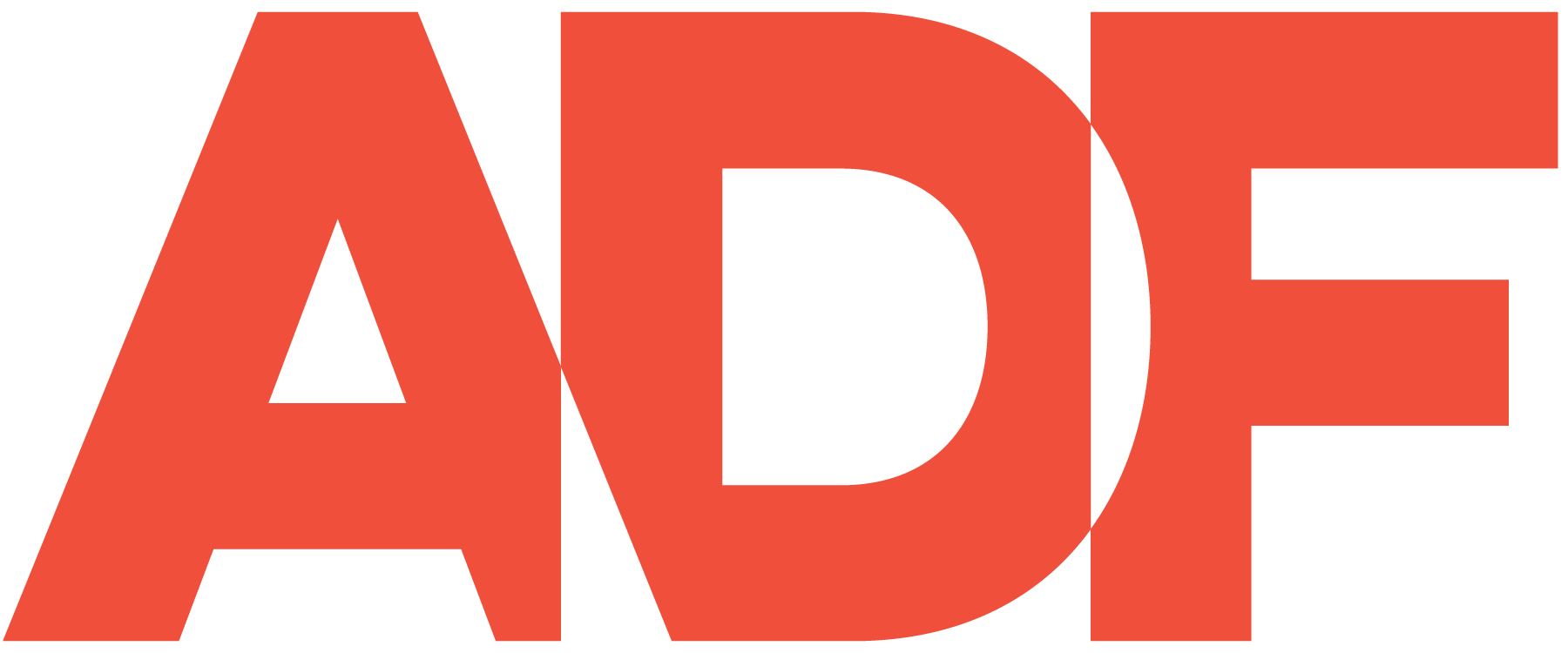ADF is committed to sponsoring exhibitions and installations throughout the state of Alaska. Many past lecturers have created installations in conjunction with their visits, and ADF takes on original projects as well.
FUTURE TENTS DESIGN CHALLENGE
In association with the Anchorage Museum, the Alaska Design Forum (ADF) hosted the FUTURE TENTS design challenge during winter of 2015-2016. FUTURE TENTS encouraged entrants to develop contemporary ‘tent’ designs which presented solutions to inhabiting our northern wilderness or re-thinking temporary outdoor structures. FUTURE TENTS was a thematic extension of ADF’s FUTURE TENSE lecture series: the imagining of possible future realities, and built on the success of the 2014-2015 CABIN FEVER design challenge.
In order to support high-level designs, FUTURE TENTS included a lecture by outdoor living expert Mark Stasik and a hands-on workshop with Scott Coon of Alaska Dreams Inc.
CABIN FEVER DESIGN CHALLENGE
 The CABIN FEVER DESIGN CHALLENGE encouraged Alaskans to develop contemporary ‘cabin’ designs which address the inherent difficulties and highlight the uniqueness of living in the frozen North. This design challenge presented the opportunity to turn those things which can make life in Alaska difficult into those very things which positively describe us. The ADF hosted this design challenge, which culminated in February 2015, in association with the Anchorage Museum at Rasmuson Center’s Cabin Fever exhibit.
The CABIN FEVER DESIGN CHALLENGE encouraged Alaskans to develop contemporary ‘cabin’ designs which address the inherent difficulties and highlight the uniqueness of living in the frozen North. This design challenge presented the opportunity to turn those things which can make life in Alaska difficult into those very things which positively describe us. The ADF hosted this design challenge, which culminated in February 2015, in association with the Anchorage Museum at Rasmuson Center’s Cabin Fever exhibit.
ReLOCATE
![]() Using social arts methods and online media, ReLOCATE focused on building platforms to make the social, political, and environmental issues related to remote village relocation visible to both regional and global audiences. During August to September of 2012, artist-participants WochenKlauser, Sharon Daniel, Jen Marlow, and California College of the Arts traveled to Kivalina, Alaska to learn from and work with local residents.
Using social arts methods and online media, ReLOCATE focused on building platforms to make the social, political, and environmental issues related to remote village relocation visible to both regional and global audiences. During August to September of 2012, artist-participants WochenKlauser, Sharon Daniel, Jen Marlow, and California College of the Arts traveled to Kivalina, Alaska to learn from and work with local residents.
COMMON SPACE
COMMON SPACE was a series of programs – a statewide design challenge, a symposium, and featured artists working concurrently in five Alaskan cities – that looked at rethinking urbanization, community infrastructure, local development, the role of activism, reactivating common spaces large and small, and the formal and informal. Artists included:
- Pezo von Ellrichshausen (Chile)
- Candy Chang (New Orleans)
- Hasan Elahi (Washington, D.C.)
- Spurse – Iain Kerr & Petia Morozov (New Jersey)
- Rebar – Blaine Merker & Adam Green (San Francisco)
The artists collaborated with ADF board members to carry out projects and installations in Anchorage, Fairbanks, Homer, Juneau and Nome. The project took place in April 2011.

FREEZE
 FREEZE was an outdoor, winter exhibition, with a coordinating series of public lectures and programs, which featured designers (architects, artists, landscape architects, lighting designers, graphic designers and others) from around the globe working in collaboration to create installations that featured, as primary materials, snow, ice and light – elements that characterize winter in the north.
FREEZE was an outdoor, winter exhibition, with a coordinating series of public lectures and programs, which featured designers (architects, artists, landscape architects, lighting designers, graphic designers and others) from around the globe working in collaboration to create installations that featured, as primary materials, snow, ice and light – elements that characterize winter in the north.
FREEZE took place along the Delaney Park Strip in downtown Anchorage in January of 2009. An upcoming book will extend the project past it’s outdoor exhibition.
QUONSET
 QUONSET: Metal Living for a Modern Age explores the impact of a prefabricated building system on the built environment and culture of post-World War II Alaska. The project consists of a traveling exhibition, a website, and a book published by Princeton Architectural Press in 2005.
QUONSET: Metal Living for a Modern Age explores the impact of a prefabricated building system on the built environment and culture of post-World War II Alaska. The project consists of a traveling exhibition, a website, and a book published by Princeton Architectural Press in 2005.
The exhibition presented narratives, historic and contemporary photos, oral history recordings, video, interactive computer models, drawings, and the display of authentic Quonset huts. It opened at the Anchorage Museum of History and Art on October 16, 2005, and had a three-month run in Anchorage before moving to other venues. A smaller, purely photographic version of the project traveled concurrently to smaller, less accessible venues within Alaska.
URBAN MEMORY FOREST
 Urban Memory Forest was a temporary art installation challenging our perspective of development within the city. In a grid of 20′ by 20′, one hundred and sixty eight 20′ black plastic pipes were planted. Each pipe was to bring back a memory of what had been at this place some time ago.
Urban Memory Forest was a temporary art installation challenging our perspective of development within the city. In a grid of 20′ by 20′, one hundred and sixty eight 20′ black plastic pipes were planted. Each pipe was to bring back a memory of what had been at this place some time ago.
This modern forest was reactive to environmental forces. The pipes bend away from the sun-exposed side of the pipe, gradually following the path of the sun during the day. The wind would move them. Occasional rain would cool off the pipes, emitting steam from condensation. The culmination of this installation was a dance performance orchestrated by choreographer Brian Jeffrey.


